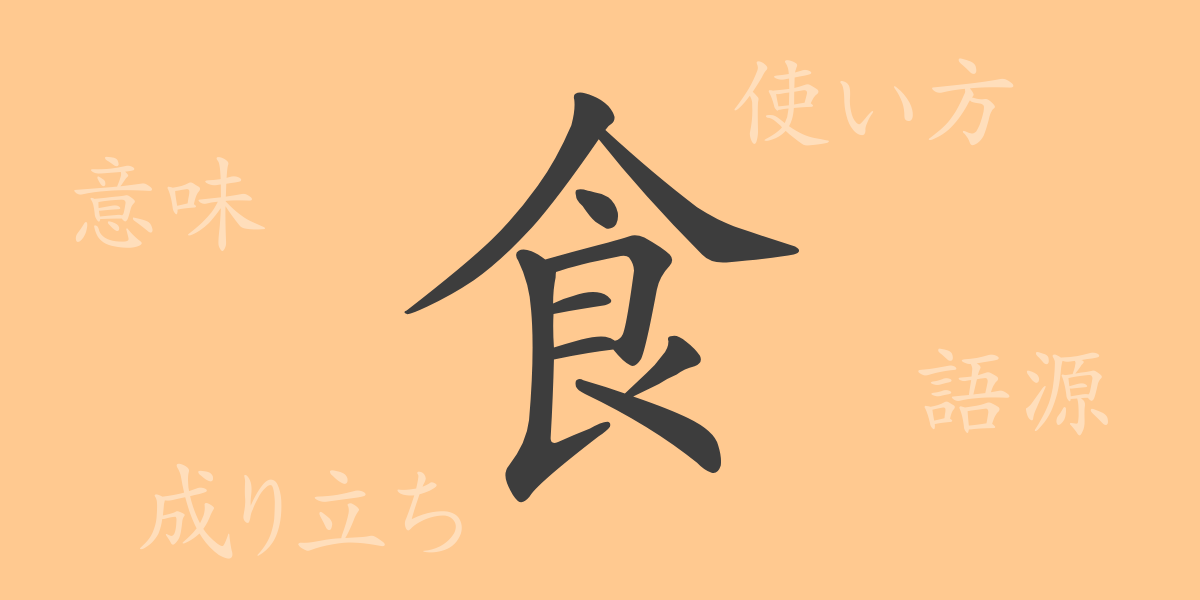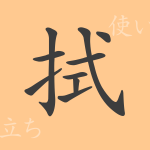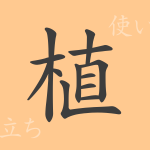The significance of ‘food’ in Japanese culture transcends mere nutrition, embodying profound meanings. This article explores the kanji ‘食’ (しょく), tracing its origins to its modern uses, readings, stroke count, and including phrases and proverbs. We delve into how ‘食’ deeply intertwines with the everyday lives of the Japanese people.
Origins of 食 (しょく)
The kanji ‘食’ originates from ancient Chinese pictographs, initially depicting the act of opening one’s mouth to eat. Over time, it evolved into its current form, symbolizing the basic activities of life and enriching its meanings through combinations with other words.
Meaning and Usage of 食
‘食’ primarily denotes actions like ‘to eat’ or ‘to have a meal,’ but it also extends to meanings such as ‘to consume’ or ‘to enjoy.’ Phrases like ‘食費’ (food expenses), ‘食生活’ (dietary lifestyle), and ‘食文化’ (food culture) reflect the diverse aspects of ‘食’ in our lives.
Readings, Stroke Count, and Radical of 食
The character ‘食’ offers deeper insights through its readings and structure:
- Readings: On’yomi (おんよみ) ‘ショク’, Kun’yomi (くんよみ) ‘た(べる)’, ‘く(う)’
- Stroke Count: 9 strokes
- Radical: 食部 (しょくぶ)
Phrases, Idioms, and Proverbs Involving 食
‘食’ appears in many Japanese idioms and phrases, each carrying unique meanings and cultural backgrounds:
- 食卓 (しょくたく): Refers to a dining table, symbolizing the heart of home life.
- 食指が動く (しょくし が うごく): An idiom meaning to become interested or desirous of something.
- 食うに困る (くうにこまる): A proverb expressing severe poverty, literally meaning to struggle to find enough to eat.
Conclusion on 食
The kanji ‘食’ is intimately connected with the lives of Japanese people, reflecting the joy of eating, the depth of food culture, and the daily usage of ‘食’-related words. Through the diverse expressions derived from this single character, we gain a renewed appreciation for the importance of ‘food’ in Japanese culture.

























